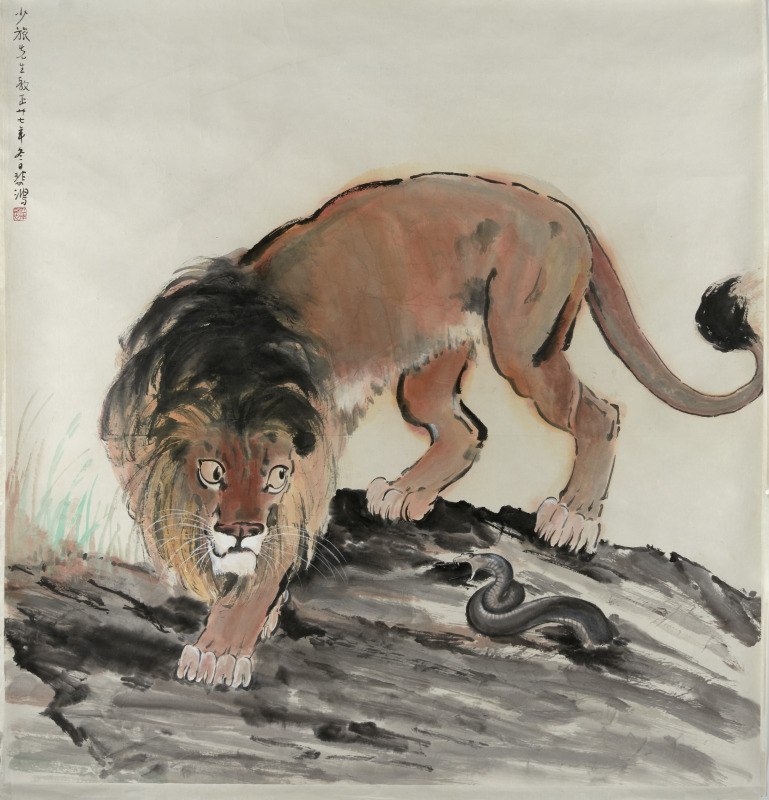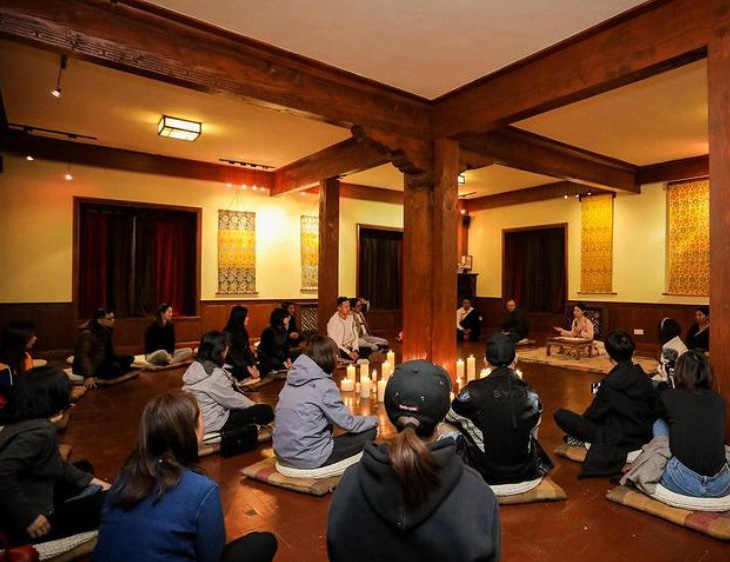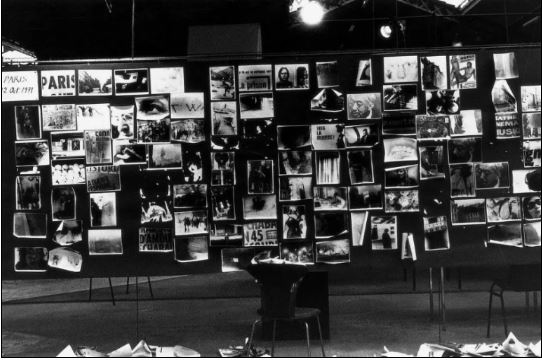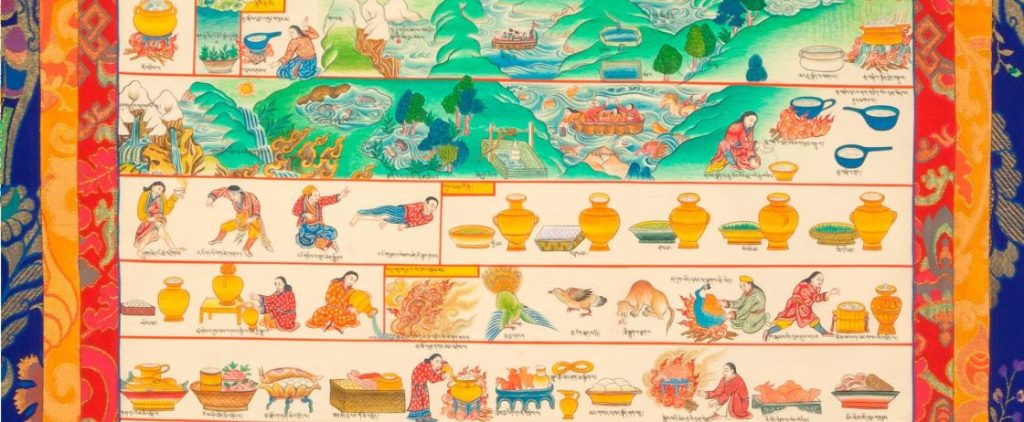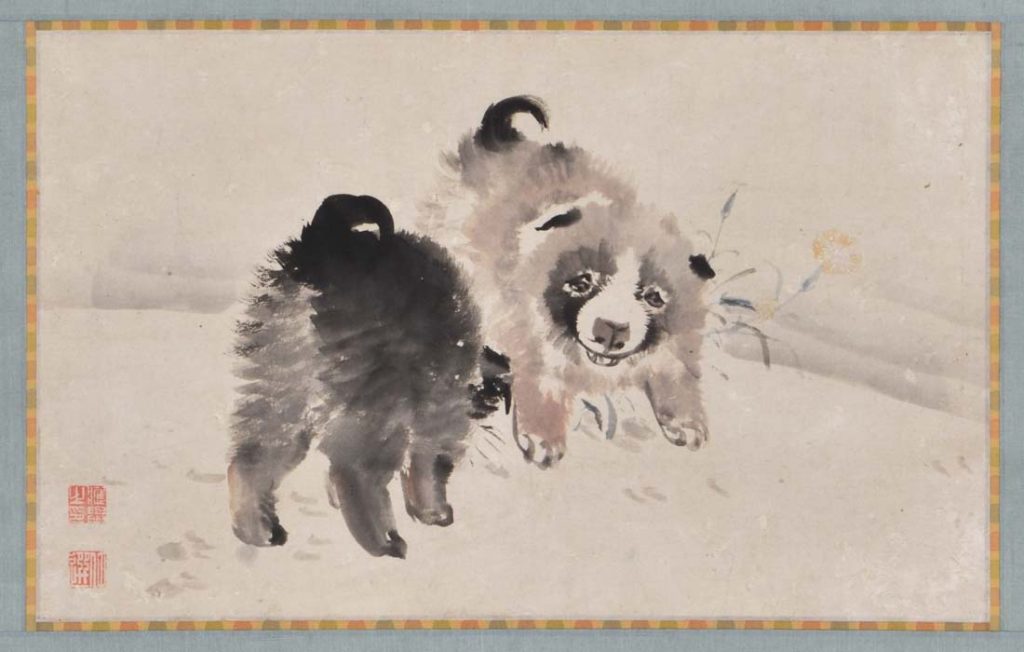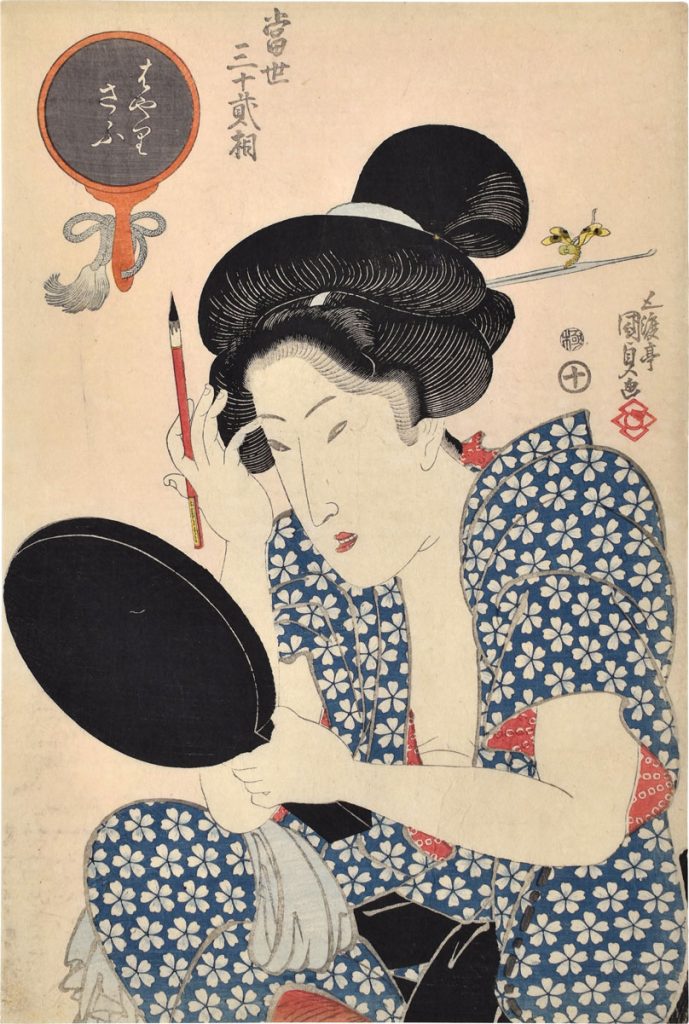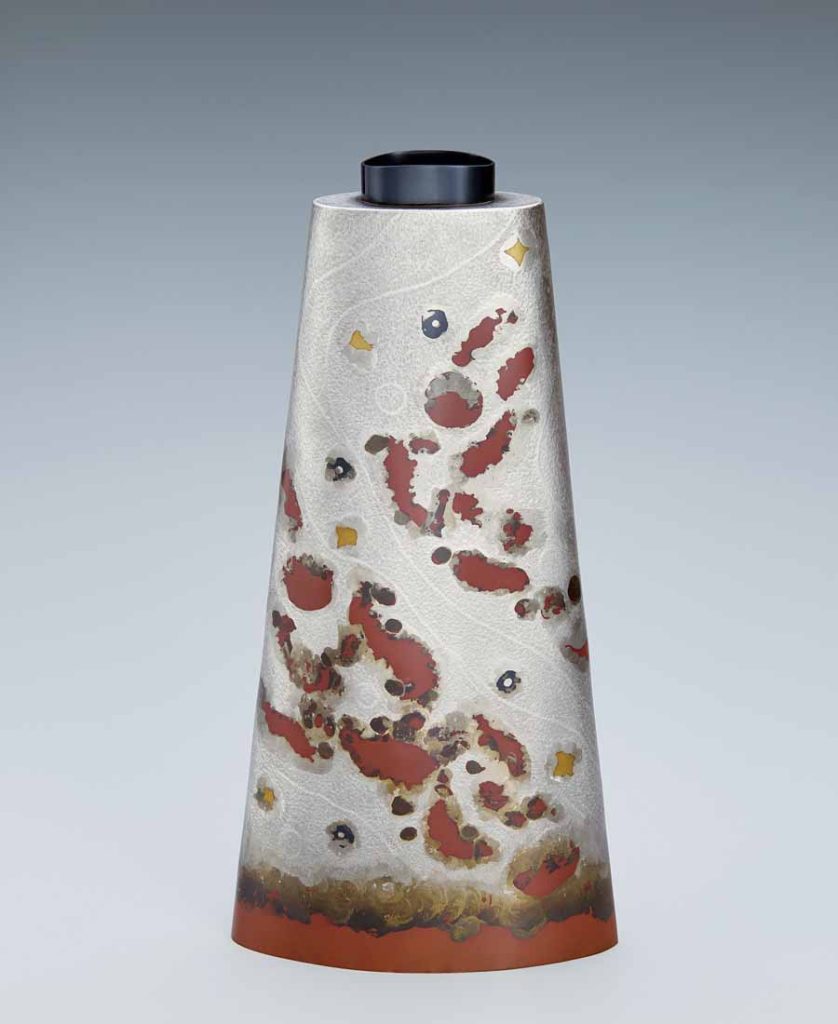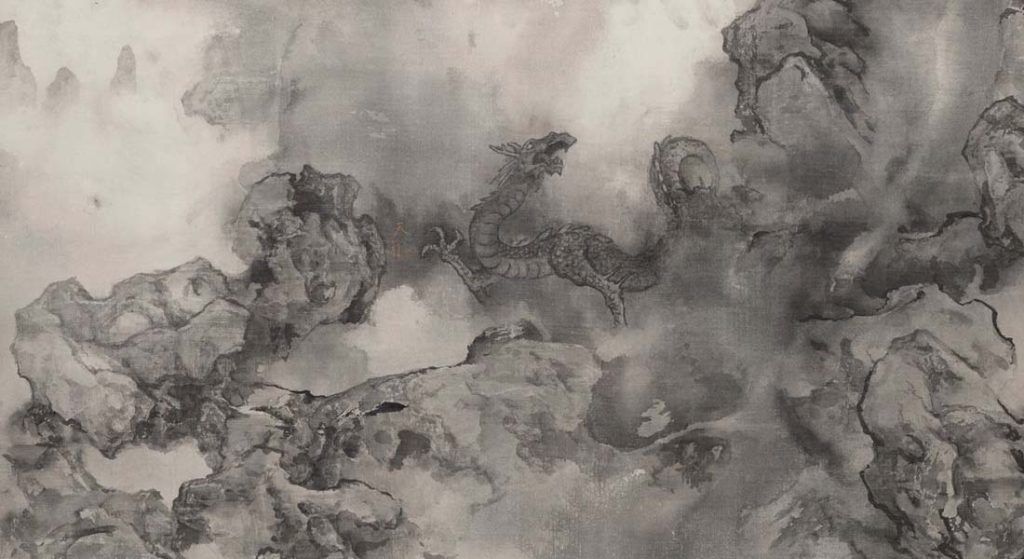
Tai Xiangzhou (born 1968), Isle of the Immortals (detail), 2021, 2021-114-1
Oneness: Nature and Connectivity in Chinese Art,
Philadelphia Museum of Art
On view now through June 2023
This new exhibition at the Philadelphia Museum of Art xplores the questions of “what is nature?” and “what is the relationship between humans and nature?”. Featured are the works of four contemporary artists—Bingyi, Ming Fay, Tai Xiangzhou, and Wang Mansheng–whose practices examine the boundaries between humans and nature from a philosophical, spiritual, and material perspective. All the featured artists embrace and adapt historic Chinese artistic traditions through their chosen materials, process, or themes.
Oneness: Nature & Connectivity in Chinese Art, which is curated by Hiromi Kinoshita, The Hannah L. and J. Welles Henderson Curator of Chinese Art and Gabrielle Niu, former Andrew W. Mellon Postdoctoral Curatorial Fellow, shows that we are all connected, that our lives are closely linked with nature and how that impacts our world and environment.
Read more and watch videos about the artists, click here

